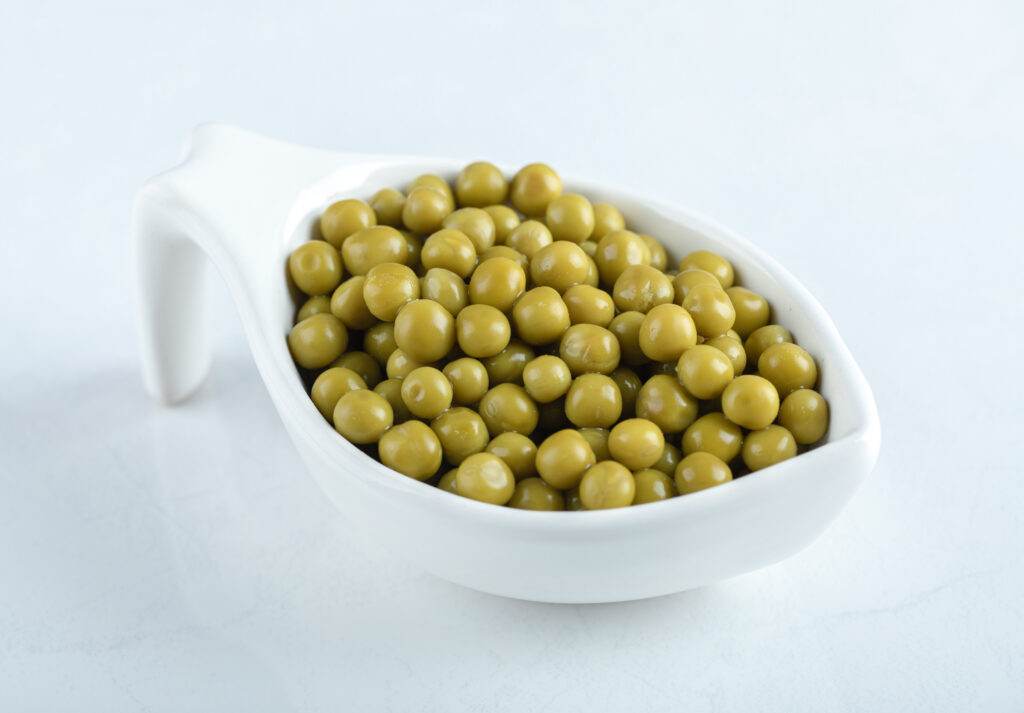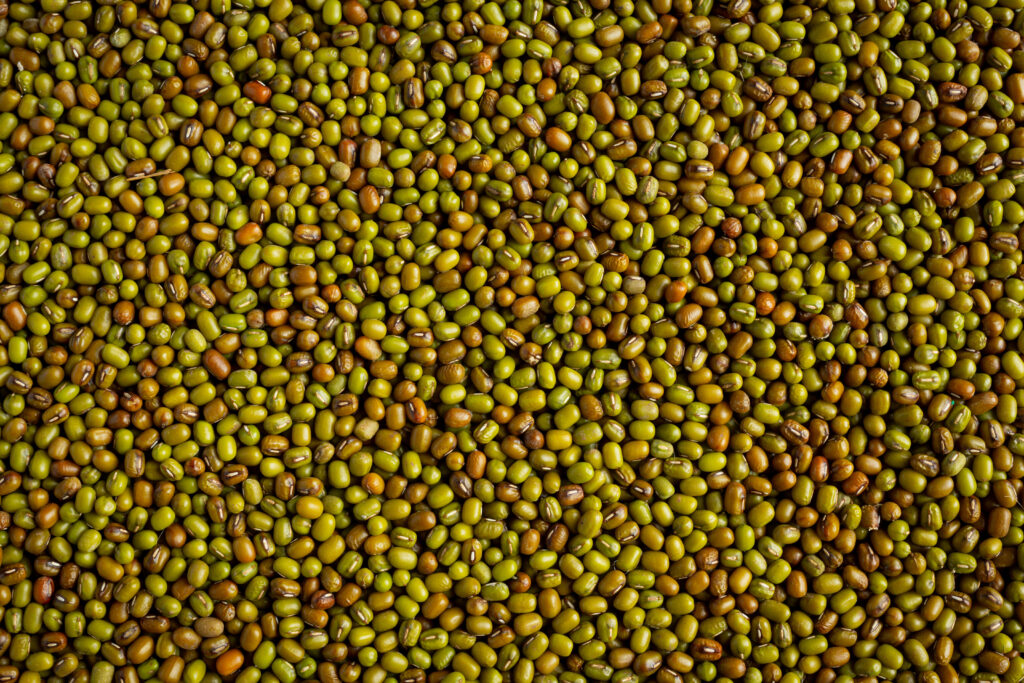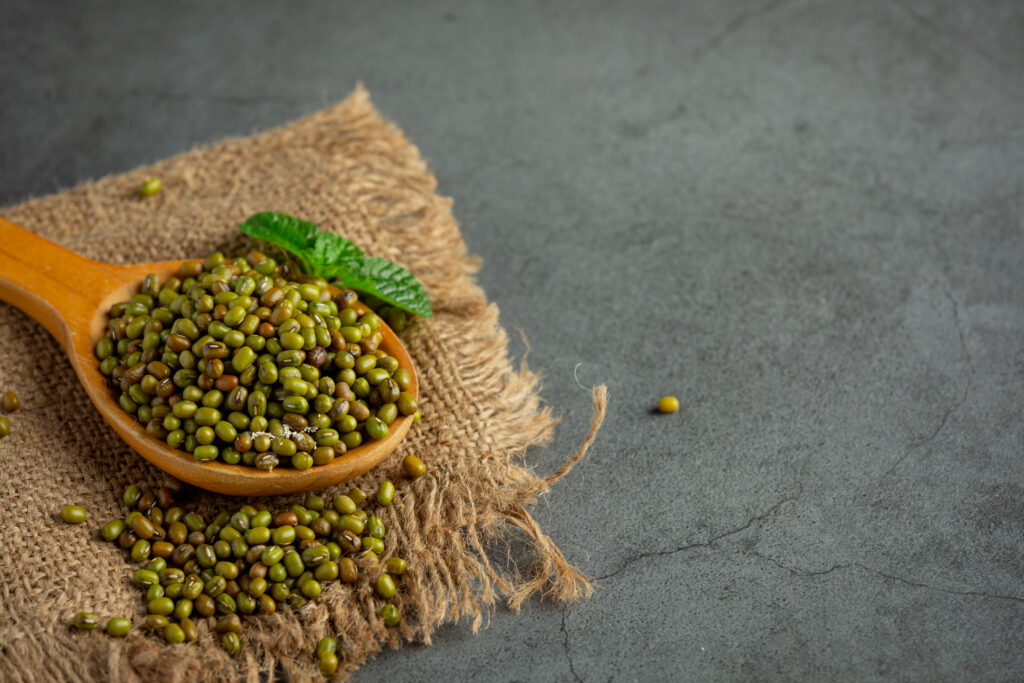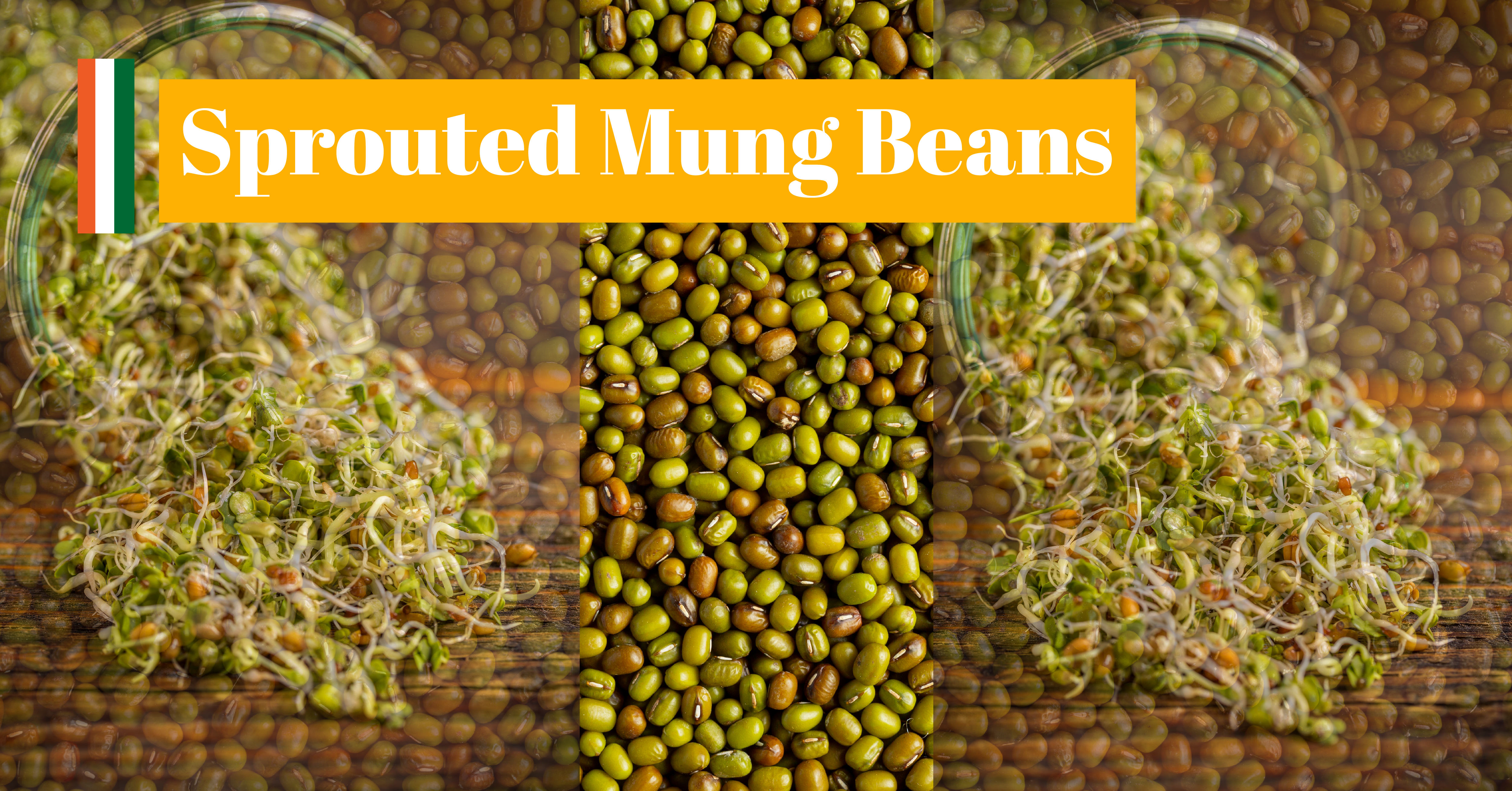Introduction:
One little powerhouse in the field of nutrition that is sometimes disregarded is the sprouted mung bean. These modest beans might not look remarkable at first, but when they sprout, they become a nutritious powerhouse with a plethora of health advantages. Explore the world of sprouted mung beans with me, and learn why they should be a particular addition to your diet.

The Sprouting Process:
Soaking mung beans in water until they germinate and little sprouts appear is a straightforward procedure known as sprouting. This conversion greatly increases their nutritional value while also improving their taste and texture.
Nutritional Breakdown:
- Protein Powerhouse:
As a great plant-based protein source, sprouted mung beans are a great choice for vegans and vegetarians. Proteins become more bioavailable through the sprouting process, which facilitates our bodies’ ability to absorb and use them. - Rich in Fiber:
These little beans are a fantastic source of dietary fiber, which improves gut health and aids with digestion. Fiber is a crucial part of a healthy diet since it helps to control blood sugar, decrease cholesterol, and promote feelings of fullness. - Loaded with Vitamins and minerals:
Vitamin C, vitamin K, folate, iron, potassium, and other vital vitamins and minerals are all present in abundance in sprouted mung beans. These nutrients are essential for maintaining bone health, immunological response, and general health. - Antioxidant Boost:
The sprouting process enhances the antioxidant content of mung beans. Antioxidants help combat oxidative stress in the body, reducing the risk of chronic diseases and promoting anti-aging effects.

Health Benefits:
- Weight Management:
Because sprouted mung beans include both fiber and protein, they’re a great option for anyone trying to control their weight. Their ability to make you feel full can help reduce mindless nibbling and encourage a healthy intake of calories. - Blood Sugar Control:
The amount of fiber in sprouted mung beans is essential for controlling blood sugar levels. Better glycemic control can be achieved by include these beans in your diet, which makes them an excellent choice for anyone with diabetes or at risk of getting the disease. - Heart Health:
Mung beans that have sprouted have a nutritional composition that promotes heart health by assisting in blood pressure maintenance and cholesterol reduction. Additionally, the antioxidant content of these substances lowers the risk of cardiovascular illnesses.
Incorporating Sprouted Mung Beans into Your Diet:
- Salads and Wraps:
Sprouted mung beans give salads and wraps a lovely crunch and add a healthy and delicious ingredient to your meals. - Stir-fries and Curries:
To add even more protein and texture to stir-fries and curries, add sprouted mung beans. - Snack Attack:
Add your preferred spices to roasted sprouting mung beans for a nutritious and crispy snack.

Types of Sprouted Mung Beans
- Length of Sprouting:
- Short Sprouts: sprouted mung beans that germinate quickly—usually in a day or two.
- Medium Sprouts: Allowed to grow for 3–4 days.
- Long Sprouts: Extended sprouting time, typically 5 days or more.
- Color:
- Green sprouts are the most common type, maintaining the traditional green color of mung beans.
- Yellow Sprouts: Some varieties may exhibit a yellowish hue during sprouting.
- Culinary Use:
- Raw sprouts: fresh, crunchy sprouts suitable for salads, sandwiches, and wraps.
- Cooked sprouts: sprouts that have been lightly cooked or stir-fried are often used in Asian dishes.
- Texture:
- Crisp sprouts: sprouted mung beans that retain a firm and crisp texture.
- Tender sprouts are allowed to grow a bit longer for a softer, more tender texture.
- Mixed Sprouts:
- Blend of Legumes: Combine sprouted mung beans with other legumes like lentils, chickpeas, or adzuki beans for a mixed sprout assortment.
- Spiced or Seasoned Sprouts:
- Herb-infused: sprouted mung beans seasoned with herbs like cilantro, mint, or basil.
- Spiced Sprouts: sprouts seasoned with spices like cumin, coriander, or chili for added flavor.
- Organic vs. conventional:
- Organic sprouts are grown using organic farming practices without synthetic pesticides or fertilizers.
- Conventional sprouts are grown using traditional farming methods that may involve the use of synthetic chemicals.
- Intact vs. dehulled:
- Intact Sprouts: The sprouts still have the outer hull attached.
- Dehulled Sprouts: The outer hull has been removed, resulting in a smoother texture.

The perfect time to take Sprouted Mung Beans
- Day 1 (soaked): After soaking the mung beans overnight (8–12 hours), they become plump and ready for consumption. They are crunchy and have a mild flavor.
- Day 2-3 (Short Sprouts): After rinsing and draining the soaked beans for a day or two, short sprouts will appear. These sprouts are tender with a slightly sweet taste. They’re great for salads, sandwiches, or as a topping for various dishes.
- Day 4-5 (Longer Sprouts): If you let the mung beans sprout for a longer period, you’ll get longer, more defined sprouts. These are still tender but have a more pronounced nutty flavor. They can be used in stir-fries, soups, or eaten raw in salads.
- Beyond Day 5 (Microgreens): If you continue to let the mung beans sprout beyond 5 days, they will develop into microgreens. These tiny greens are packed with nutrients and can be used as a garnish or added to salads and dishes.

Conclusion:
Adding sprouted mung beans to your meal is an easy and delicious method to increase the amount of nutrients in your diet. These little legumes promote everything from heart health to weight management, among their many other health advantages. So why not start some mung beans from seed and discover the nutritious powerhouse that they contain? Your body will be appreciative.

